- Surprisingly, there is much more parity in the XFL than I expected prior to Week 3. The undefeated Houston Roughnecks faced the winless Tampa Bay Vipers in a game that many XFL fans and pundits (myself included) expected to be a comfortable blowout. However, the Vipers kept it close, with the Roughnecks edging them out 34-27 in a shootout. Additionally, prior to Sunday afternoon’s game between the DC Defenders and Los Angeles Wildcats, I thought that the then-undefeated Defenders would have no trouble beating the then-winless Wildcats. However, to much surprise, the Wildcats steamrolled the Defenders, finishing with a final score of 39-9 and giving Cardale Jones his first loss since high school. The quality of play is beginning to level out, which is great news for XFL fans and executives alike.
- We finally got to see a kickoff return for a touchdown under the XFL’s modified formation, but it required a bit of trickery to occur. The historic moment happened during Sunday’s game between the St. Louis Battlehawks and New York Guardians. The ball was kicked by New York Guardians placekicker Matthew McCrane and initially received by Battlehawks wide receiver Keith Mumphery. Mumphery almost immediately pitched it to teammate Joe Powell, who was running a reverse route across the field. Powell caught the Guardians off guard and was able to take a hole along the sideline for 84 yards to the endzone. The XFL has teams line up five yards apart from each other on the returning team’s 30 yard line. They are not allowed to move until the ball is either caught or touches the turf. If the ball is kicked out of bounds or into the endzone, it is placed on the 35 yard line. These changes are supposed to incentive returns and limit high speed collisions between players. It took a while for the rule change to result in a touchdown, but hopefully, this was just the first of many kick returns under the league’s modified rules.
- The XFL’s average attendance was higher than Week 2, marking the third straight week of attendance growth. In Week 3, the league averaged 20,485 fans per game, up 7.4% from Week 2’s average of 19,071. This high average was supported by the league’s final two home openers. On Saturday, the Tampa Bay Vipers hosted the Houston Roughnecks at Raymond James Stadium and drew a reported attendance of 18,117 fans. The following day, the Battlehawks hosted the New York Guardians for their first home game at the Dome in St. Louis. The game garnered 29,554 fan, selling out the entire bottom bowl of the stadium, surpassing the XFL’s attendance record set in Seattle during Week 2. However, the attendance at stadiums which hosted previous games were not as strong. Seattle’s CenturyLink Field had a billed attendance of 22,060 fans, positive in its own right (the third highest attended game of the season), but down 24.3% from the attendance at the same stadium in Week 2. The Los Angeles Wildcats continued to have poor attendance at Dignity Health Sports Park, with a league low 12,211 fans, down 18.5% from Week 2. The Wildcats’s two home games are the two least attended games of the season. The XFL is now complete with all season openers, but all Week 4 games will be played at stadiums that have only hosted one game so far (Metlife Field, The Dome, GlobeLife Park and Raymond James Stadium). I am interested if the league can keep its average attendance growing, even without the boost caused by home openers.
- Despite the strong attendance, television ratings fell for the second week in a row. The four games on ESPN, ABC, Fox and FS1 averaged 1.61 million viewers. That is down 21.8% from Week 2 and 48.5% from Week 1. Saturday afternoon’s Seattle-Dallas game broadcast on Fox drew the most viewers with an average of 2.05 million over the course of the broadcast. That is down 11.7% from Week 2’s broadcast on Fox. The second most viewed game was Saturday’s ABC game between the Roughnecks and Vipers, which drew an average of 1.91 million viewers, down 10.9% from the prior week’s game on that network. The Wildcats-Defenders game broadcast on Sunday on FS1 drew an average of 1.00 million viewers, down 28.3% from FS1’s Week 2 broadcast. The final game, which was between St. Louis and New York, was broadcast on ESPN and drew 1.47 million fans. Although many involved with the league are probably not surprised by the drop in viewership, I am sure that they were hoping for a smaller decline. Interestingly, the AAF actually increased viewers between Week 3 and Week 4 of its season, so it will be interesting to see if a similar pattern occurs for the XFL. However, the AAF had much lower ratings than the XFL has at this point in the season and AAF games were broadcast on more obscure networks. An argument can be made that the AAF had reached its floor by Week 3 of its season, while the XFL might still have room to fall.
- Keep reading to see WCBN’s XFL power rankings, Players of the Week, MVP race standings, and our Week 4 game to watch.
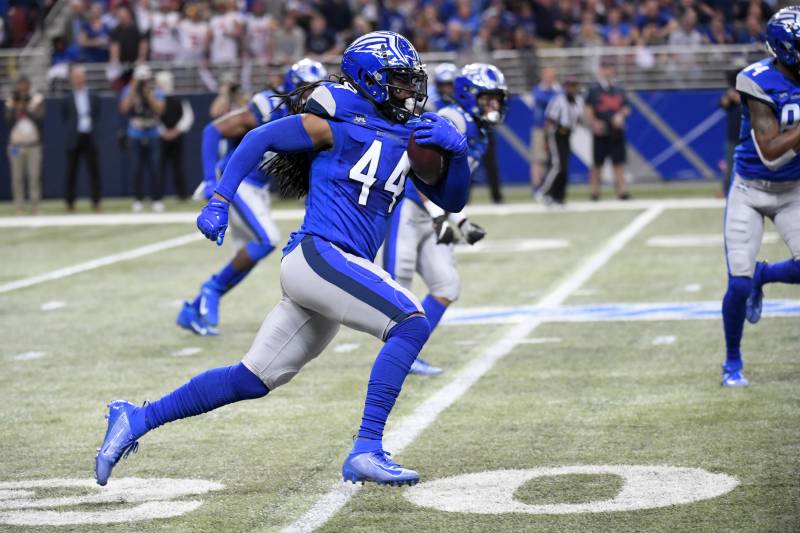
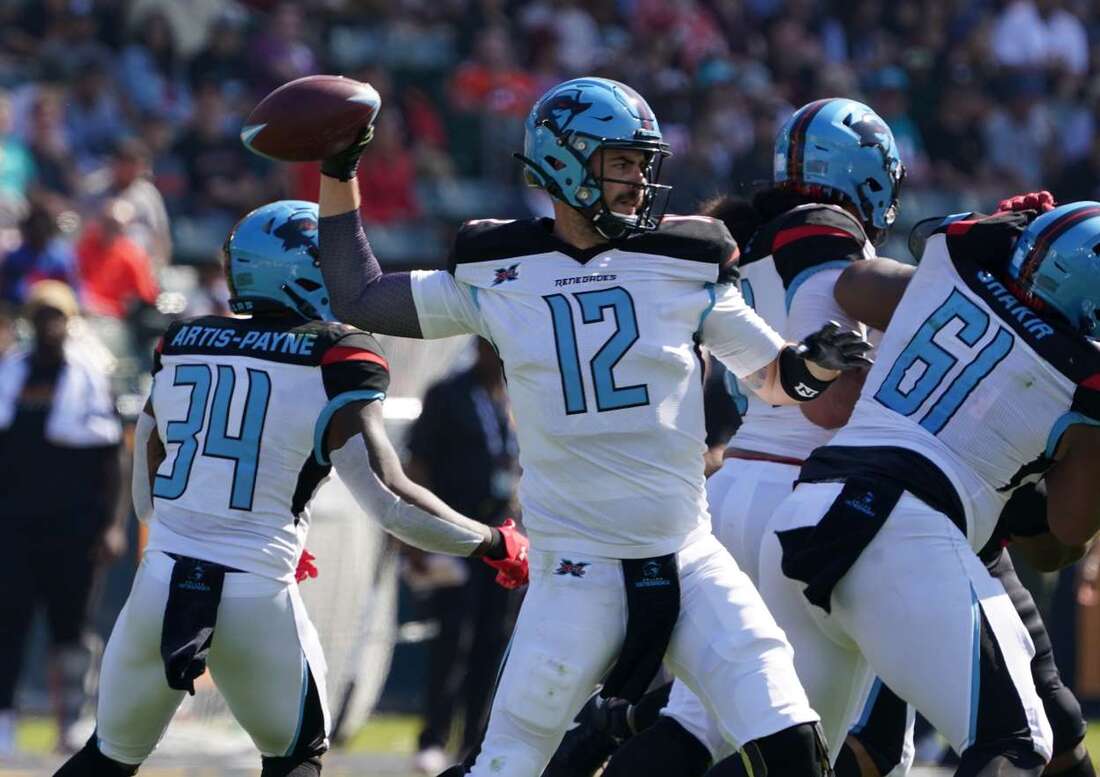
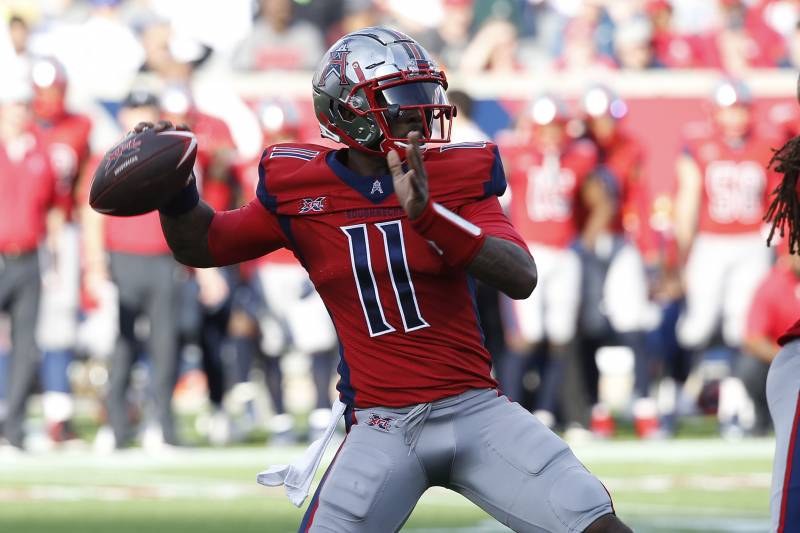

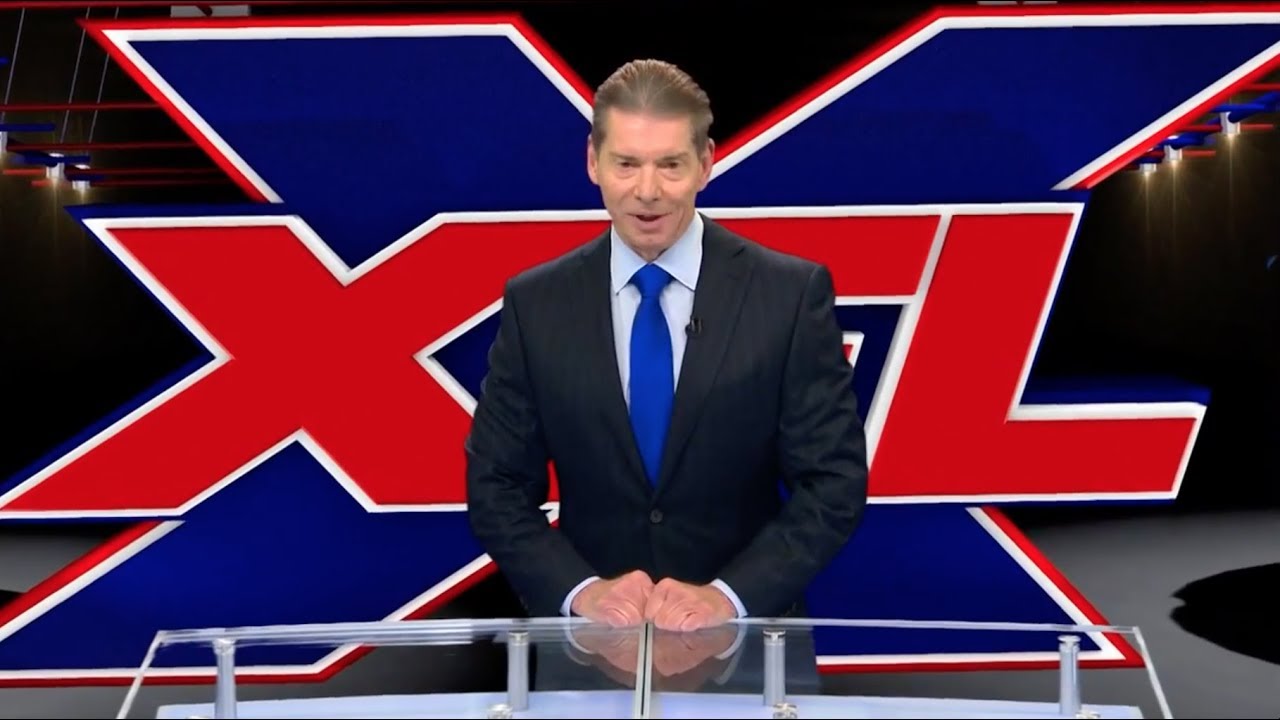
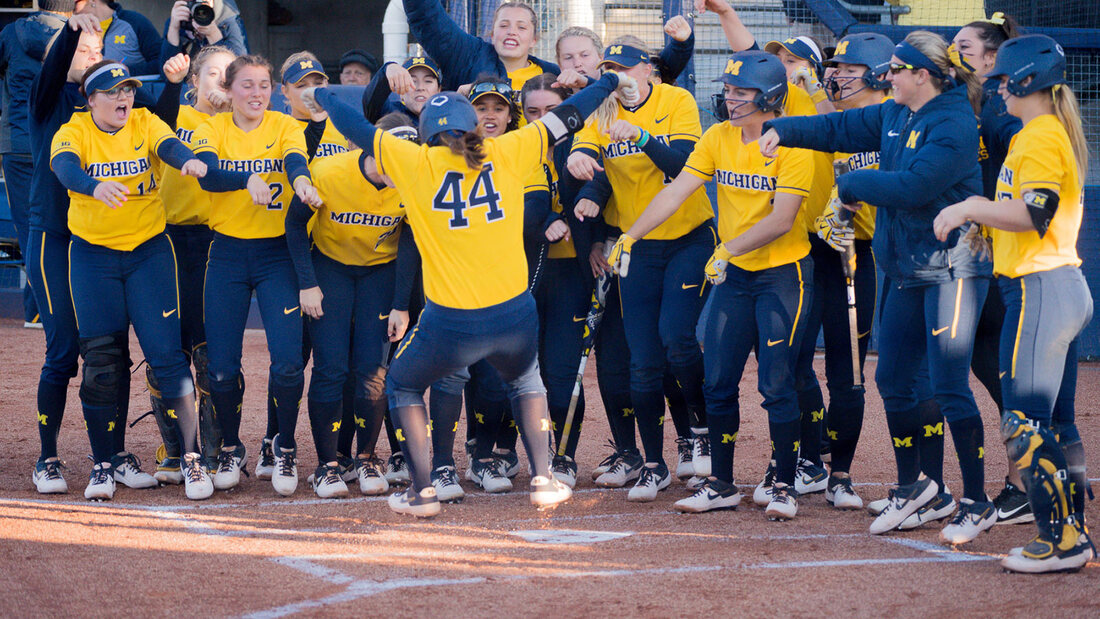
 RSS Feed
RSS Feed
